A pair of bulging biceps or a broad chest may seem impressive, but we all know a person’s physique is ultimately judged by whether they have a chiseled six-pack or not.
There’s just something to having a ripped midsection that no amount of biceps, quads, or lats can match.
Many aspire to etch a defined set of abs, but the reason so many fail to actually have a sculpted six pack is two-fold:
- They have too much fat covering their abs, and
- They're performing the wrong ab training routines
To have a truly remarkable, eye-popping set of abs you need to be lean AND muscular in your midsection. One without the other will ultimately yield a flat, yet undefined midsection that will leave you frustrated, unsatisfied, and looking “soft” -- something you don’t really ever want.

Need Help with Hunger Control, Energy, and Fat Burning?
Primeval Labs Pyretic Black is a scientifically-formulated thermogenic weight loss support supplement created to help reduce cravings, boost energy, and enhance calorie burning.
Now, we all know that abs are made in the kitchen, but to make those abs pop like you see on the movie screens, you’re going to have to train them regularly using the right exercises.
Far too often, ab routines are nothing but endless sets of crunches. In reality, doing hundreds of thousands of crunches just strains your neck and low back, setting you up for a lot of aches and pains in the future.
Rather than give you another mindless, dime-a-dozen ab routine you’ve no doubt seen before in some fitness magazine, we’ve developed a complete ab workout that you can incorporate into your current training program to help etch the chiseled six-pack you’ve always wanted.
Why Train Abs?
The reason you should be training your abs isn’t solely to look good with your shirt off...though that is an excellent “auxiliary benefit”.
Simply put, having a strong midsection is essential to every other lift and activity you do each day from heavy deadlifts and squats to carrying the groceries and even picking up your kids off of the ground.
Without a strong, powerful core, the rest of your compound lifts will suffer, and you’re more susceptible to injury doing just about anything else in daily life.
In other words, you need to train your abs not only to look good but to excel in your overall athletic performance and basic day-to-day functioning.
Diet is the Key to Six-Pack Abs
Before we get to the actual ab workout, we must stress the importance of nutrition when embarking on your quest for the holy grail of midsections. You will NEVER have a defined set of abs if you have excess fat covering them up. This again brings home the point about abs being made in the kitchen.
No amount of crunches, planks, or Russian twists will reveal those abs if they’re covered by a layer of flab.
In other words, align your diet with your goals.
In this case, you want six-pack abs, so if you have a lot of fat on your body (particularly your midsection), then it’s time to undertake a fat loss diet to burn off the goo and reveal those hidden abdominals.
If you need help calculating how many calories do I need to lose weight, click here.
And, if you want some tips on structuring a fat loss diet, check out a comprehensive cutting guide here.
5 Ways to Help Get 6-Pack Abs Faster
Limit Processed Foods & Refined Sugars
Reducing your intake of hyper-processed, ultra-refined foods (like the majority of boxed goods in the grocery store) can help you lose extra fat and gain six-pack abs.
The reason for this is that during the refining process, foods lose much of their natural vitamin, mineral and fiber content. This leaves you with a food that might taste great but is ultimately void of much nutritional value.
Furthermore, due to the lack of fiber, these foods often aren’t very satiating, leading you to eat more calories than you should to feel full. And, hyper-processed foods also can cause blood sugar spikes and crashes, which further increase hunger as well as the chance that you’ll go off your diet.[1]
In fact, one particularly interesting study noted that individuals who consume a higher amount of refined foods are more likely to have higher amounts of body fat compared to people who consumed more whole grains.[2]
This data is backed by additional research which documented an association between the consumption of whole foods and lower body weight as well as reduced waist circumference.[3]
Therefore, the focus of your diet should be on whole food sources, including lean proteins, lots of fruits and veggies, along with whole grains and healthy fats. These foods are rich in essential vitamins and minerals as well as water and fiber which help keep you feeling fuller longer and provide more stable blood sugar levels.
Train Abs Frequently
The core is involved in just about any exercise that you perform to one degree or another. This means that you do not necessarily have to perform dedicated ab training everyday in order to strengthen, tone, and define your midsection
For example, when you train exercises such as the squat, deadlift, and overhead press, your core musculature receives a great deal of stimulation due to the role it serves in stabilizing your body.
This is also another one of the many reasons you should perform heavy compound exercises in your training program and not rely solely on machines and isolation exercises.
As such, you do not need to perform ab-specific exercises each day. The abs are just like every other muscle group. They need time to recover from training, especially after your heavier loading exercise days (which we’ll discuss in a moment).
Use Control
Perform each rep under control and hold the peak contraction for 1-2 seconds. This eliminates any momentum (swinging, kipping, etc.) which would reduce the effectiveness of the exercise.
Maintaining control throughout the entire rep and pausing for a hard squeeze at the top of ensures you’re getting the most effective workout for your abs as possible. Far too often when training abs, gym goers use a lot of momentum and fail to “milk” each rep for all its muscle-building potential.
Use a Variety of Exercises
In your pursuit of six-pack abs, it’s important to use a mix of weighted and unweighted ab exercises. The abs are just like any other major muscle group of the body. You wouldn’t train your chest with only standard bodyweight push-ups. So why is it that we so often only perform bodyweight exercises like sit-ups, crunches, and planks to train the midsection.
Too often, ab routines are nothing but a combination of lightweight, high rep exercises that will improve your muscular endurance but won’t do much for growing the size of your abs.
To get your ab muscles to grow, you need to do the same as you would with any other body part, challenge them with increased resistance, i.e. adding weight, and adhere to the principles of progressive overload.
For this reason, the ab-training program below employs the “best of both worlds” and uses a mix of weighted, unweighted, dynamic, and isometric ab exercises for the ultimate six-pack routine.
STOP DOING CRUNCHES!
The quintessential ab workout advice is to do endless rounds of crunches.
In reality, this is one of the most ineffective things you can do to build your abs, and research has proven as much.[1]
To build an impressive six-pack you should use only most effective exercises that train all areas of your abdominal section, including your obliques.
Fortunately, the same study which showed that crunches are basically useless for developing a chiseled six-pack, also identified the most effective ab exercises, several of which we’ve incorporated into our complete ab training program below.
Regardless of what your personal trainer friends tell you, you can’t spot train the upper or lower portions of your abs.
Research by Dr. Peter Francis notes that the typical everyday lifter cannot recruit only the upper or lower abdominal muscles when training their midsection. Rather, the abs function as a “sheet of muscles” working collectively together as opposed to individual isolated muscles.[1]
Translation -- focus on strengthening your entire core when training your abs, and stop trying to isolate the upper or lower abdominals.
The Six-Pack Ab Routine
Perform this routine 2-3 times per week after your typical resistance-training workout of the day. It can also be performed on an off day from the gym when you’re wanting to just do some sort of physical activity to get the blood flow going.
For even more ab training tips, check out our Abs by Summer! The Complete Training Program.
Now, let’s get onto the workout!
|
Ab Workout |
|||||
|
Exercise |
Sets |
Reps |
Rest |
||
|
Cable Crunches |
3 |
10-12 |
0 |
||
|
Captain’s Chair (a.k.a. Hanging leg raises) |
3 |
AMRAP |
0 |
||
|
Bicycle Crunches |
3 |
AMRAP |
0 |
||
|
Reverse Crunch |
3 |
AMRAP |
0 |
||
|
Hover (a.k.a. Forearm plank) |
3 |
Hold until failure |
2 min |
||
Supplements for Six Pack Abs
Yes, rigorous training and a tightly monitored diet are all you need to build a stunning midsection, but there are a few useful supplements that may help reduce the length of time it will take you to etch those abs.
We’re of course talking about fat burners.
Primeval Labs has developed a comprehensive array of weight loss support supplements to help you shed fat, limit cravings, and reveal that six-pack faster than ever.
Just remember, no amount of supplementation will ever make up for poor diet and training habits, so commit to your goal and pursue it with relentless determination!
References
-
Schultes, B., Oltmanns, K. M., Kern, W., Fehm, H. L., Born, J., & Peters, A. (2003). Modulation of hunger by plasma glucose and metformin. The Journal of Clinical Endocrinology and Metabolism, 88(3), 1133–1141. https://doi.org/10.1210/jc.2002-021450
-
McKeown NM, Troy LM, Jacques PF, Hoffmann U, O'Donnell CJ, Fox CS. Whole- and refined-grain intakes are differentially associated with abdominal visceral and subcutaneous adiposity in healthy adults: the Framingham Heart Study. Am J Clin Nutr. 2010;92(5):1165–1171. doi:10.3945/ajcn.2009.29106
-
Newby PK, Maras J, Bakun P, Muller D, Ferrucci L, Tucker KL. Intake of whole grains, refined grains, and cereal fiber measured with 7-d diet records and associations with risk factors for chronic disease. Am J Clin Nutr. 2007;86(6):1745–1753. doi:10.1093/ajcn/86.5.1745
-
https://www.acefitness.org/getfit/studies/bestworstabexercises.pdf


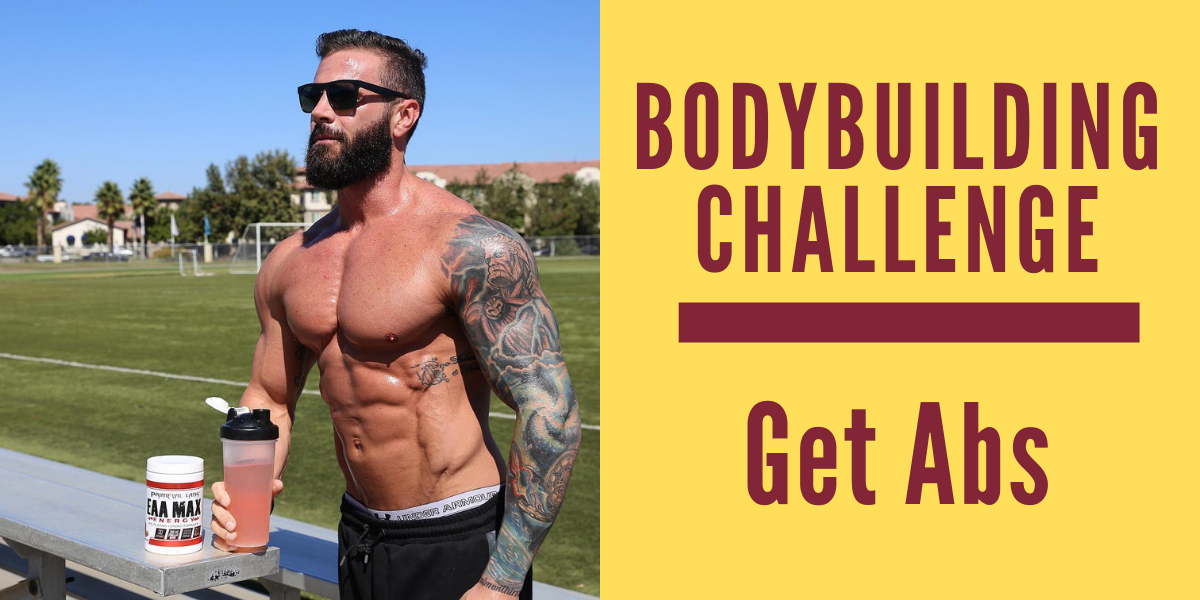



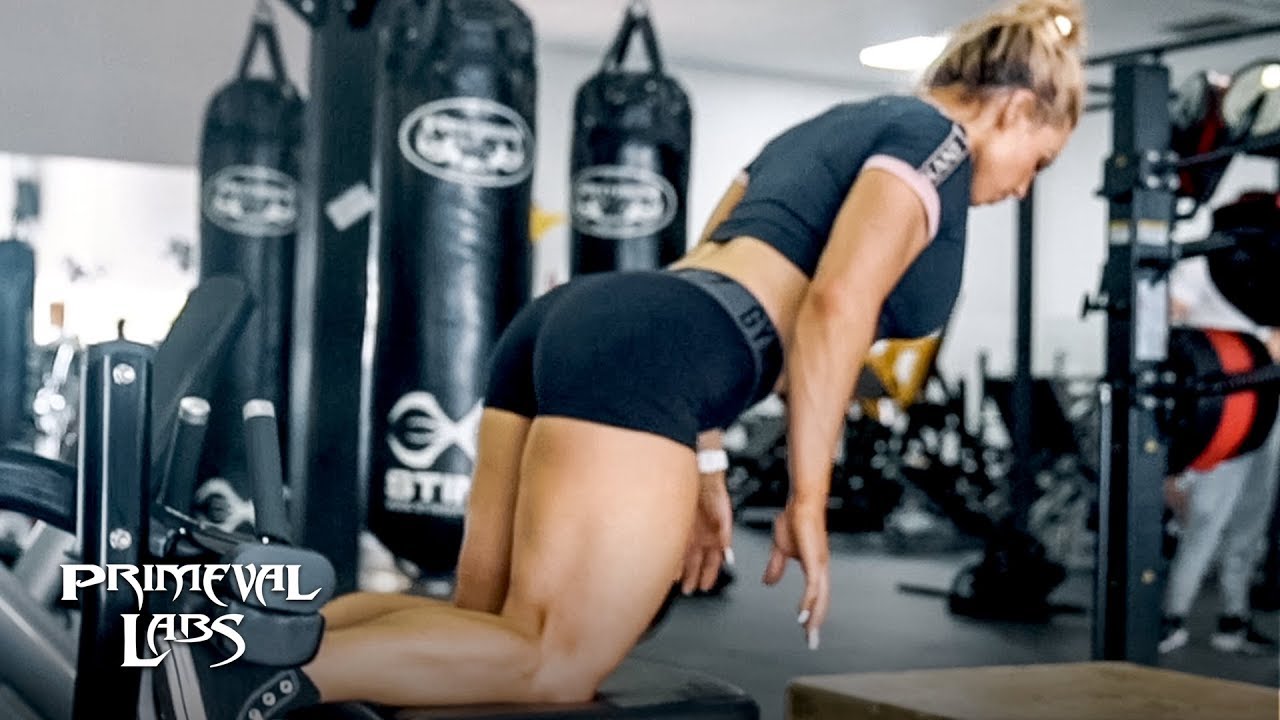
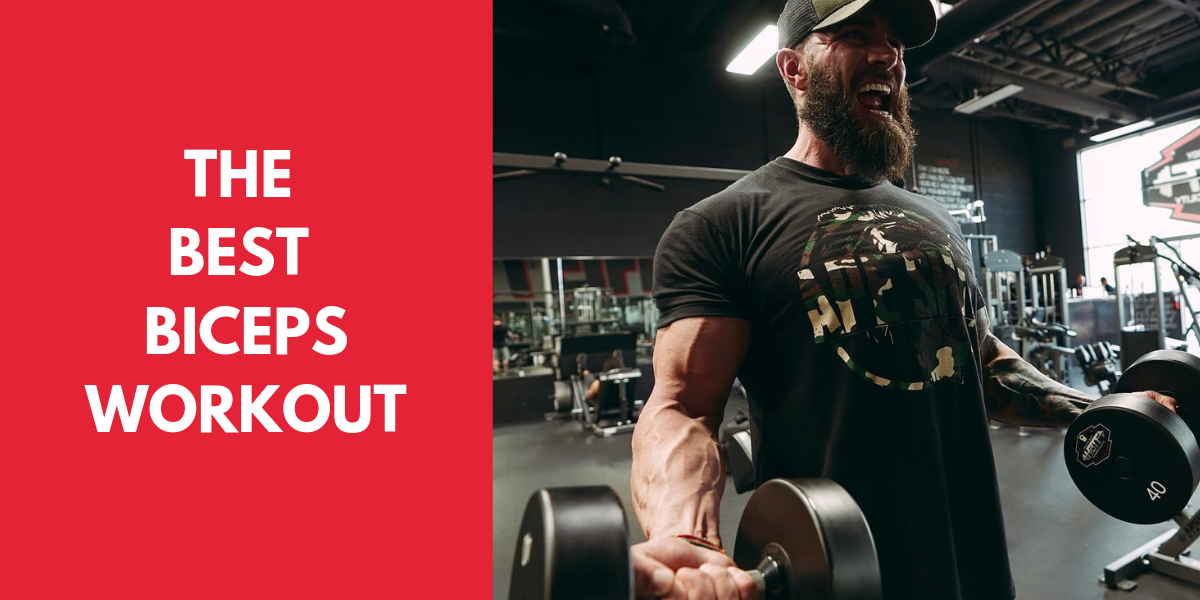
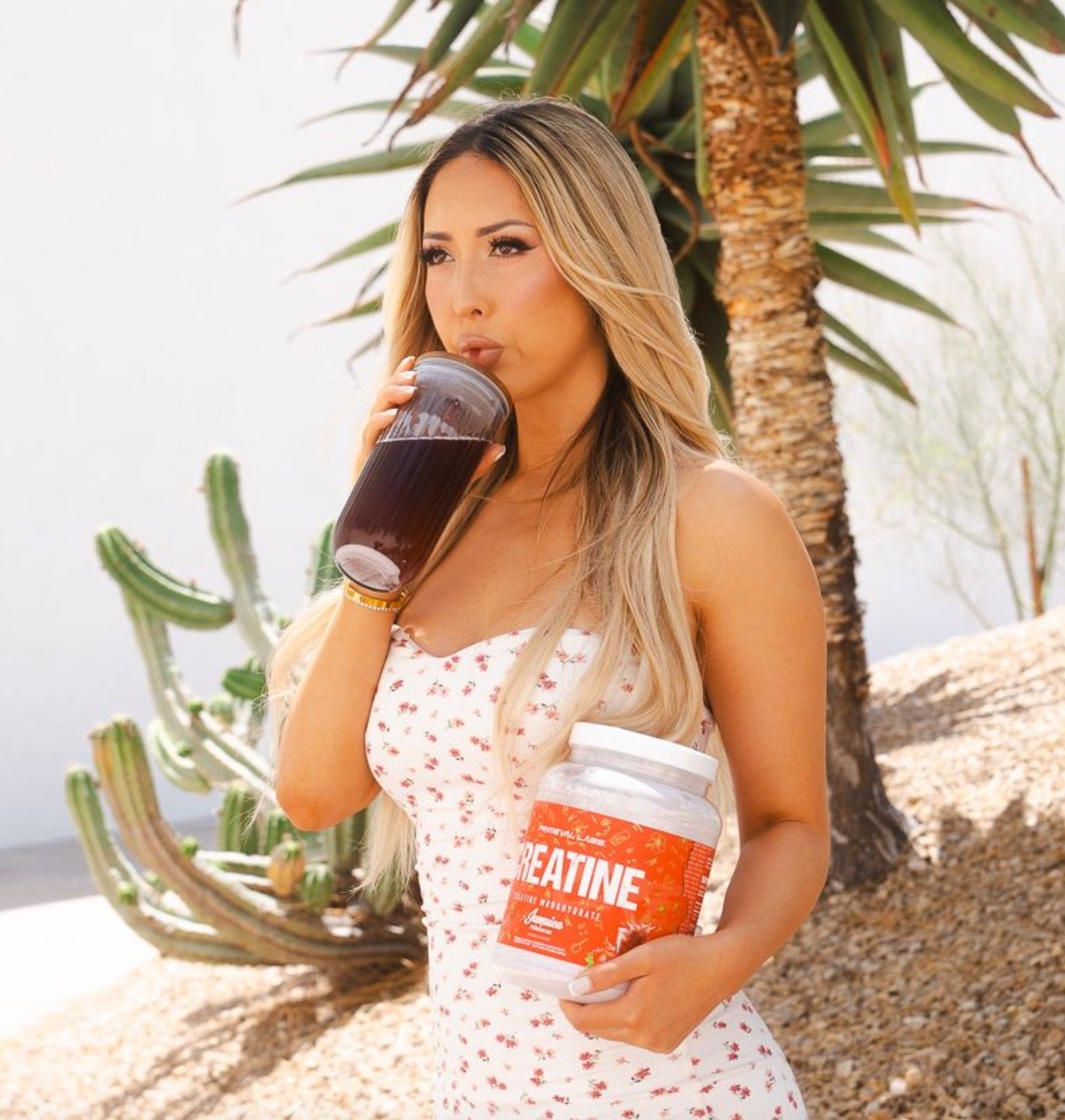
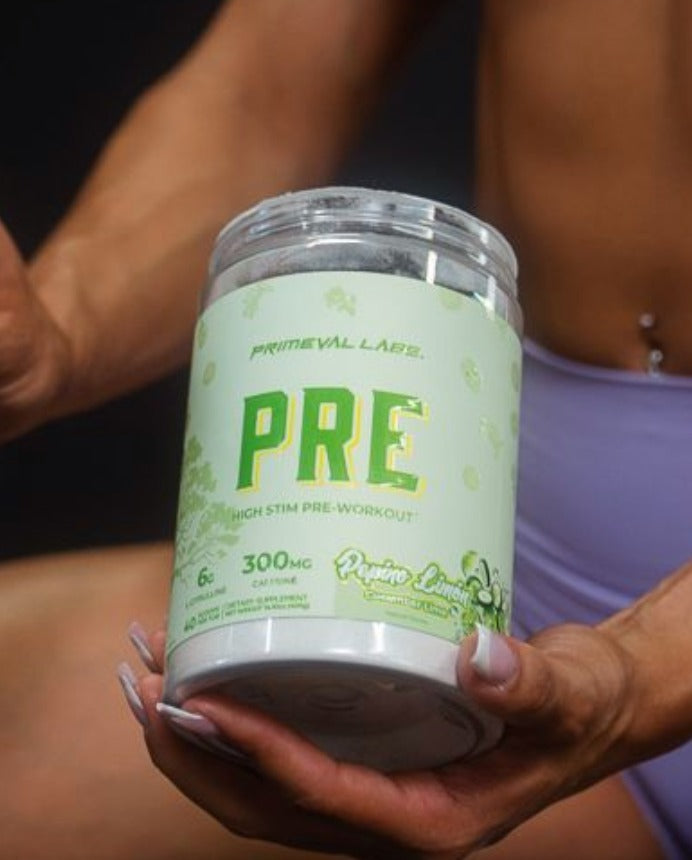
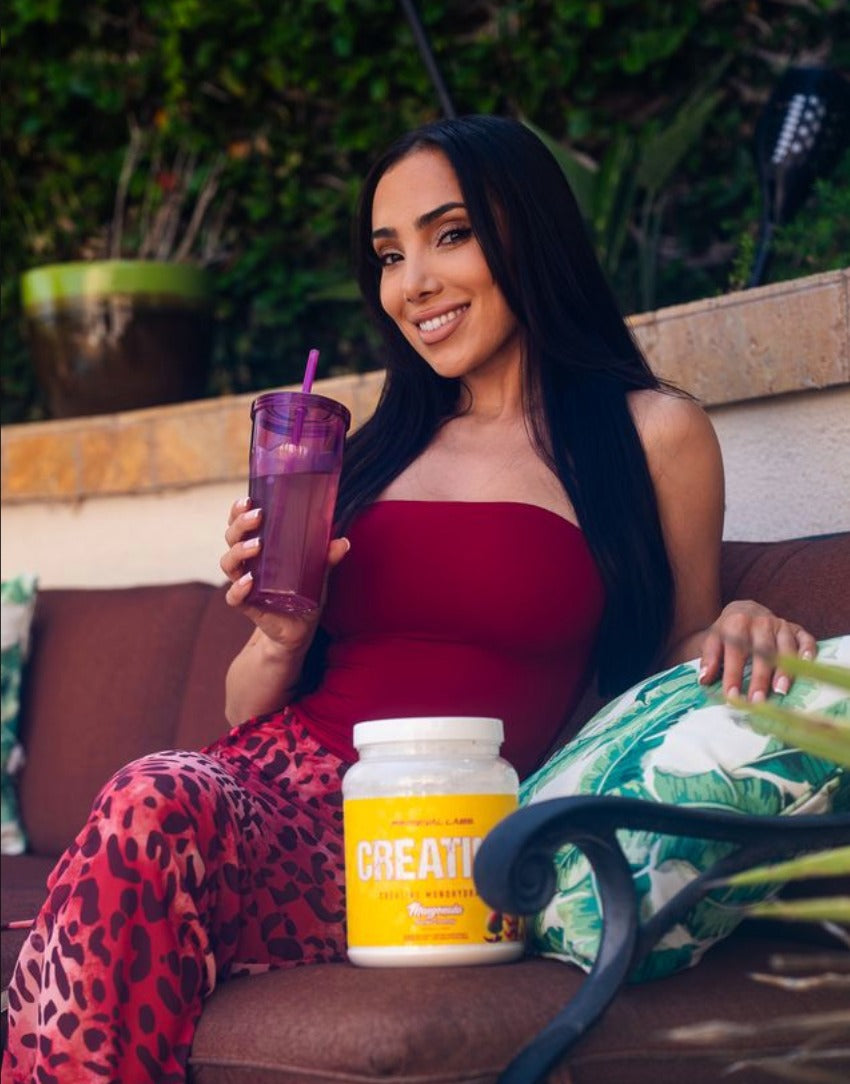
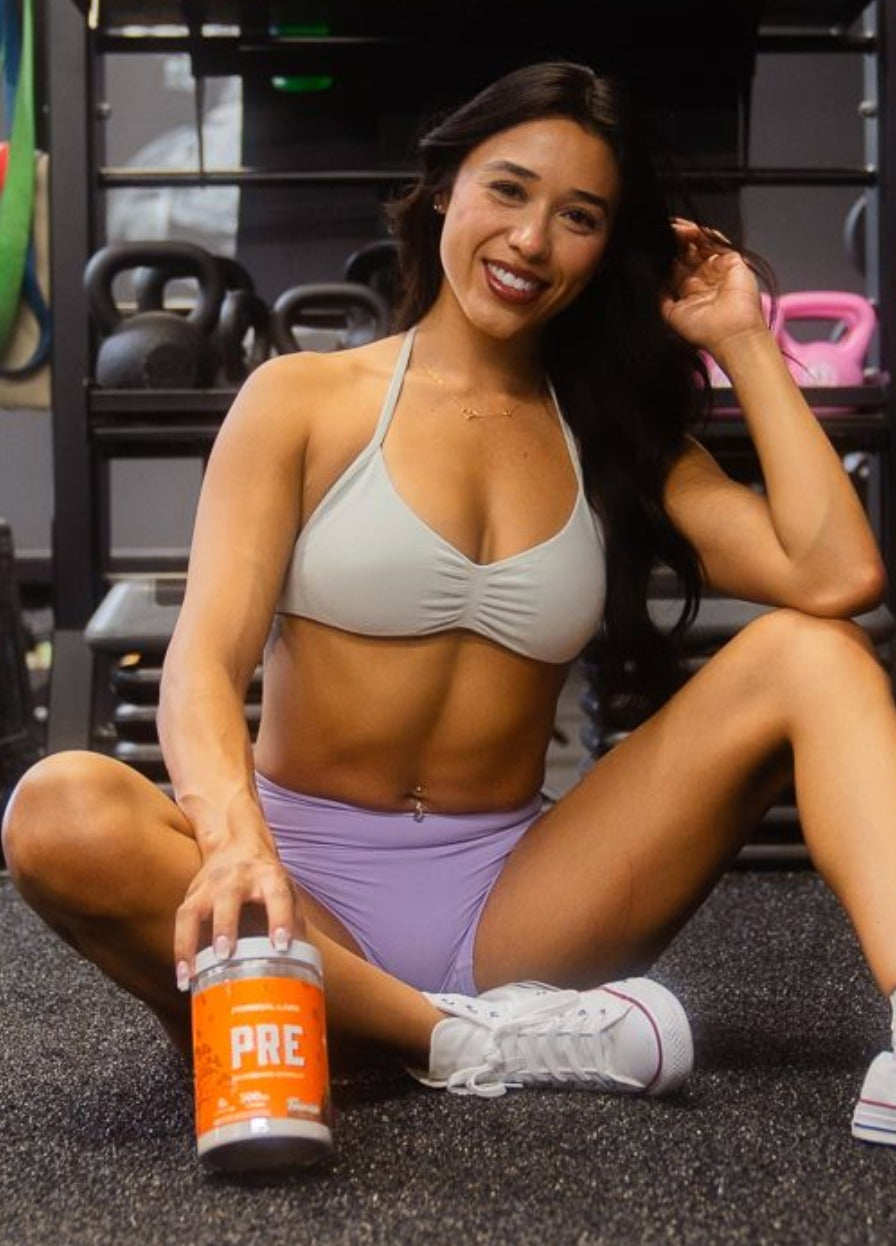
Leave a comment
This site is protected by hCaptcha and the hCaptcha Privacy Policy and Terms of Service apply.